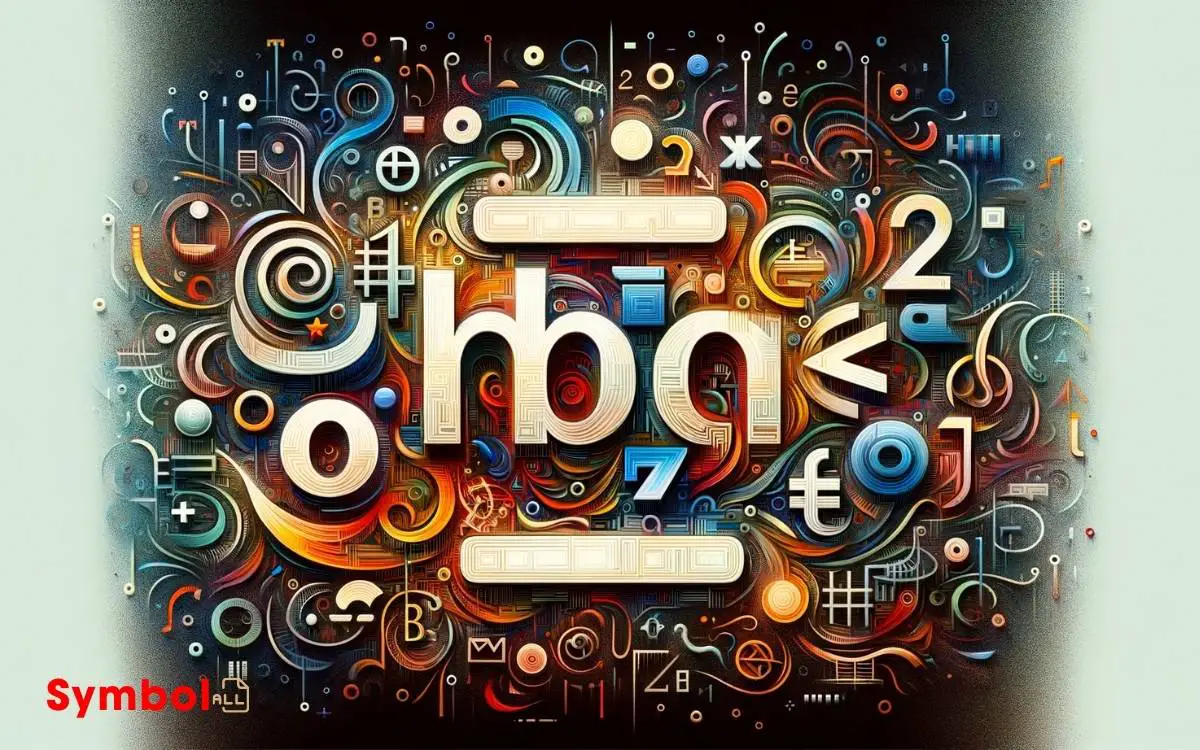Can You Use Symbols in a Domain Name? Explains!
When creating a domain name, you’re constrained to using letters (a-z), numbers (0-9), and hyphens (-). Hyphens can’t initiate or conclude your domain name. You can’t utilize spaces, or special characters like underscores.
This restriction guarantees your site’s accessibility and prevents technical issues across different platforms and keyboards. It also minimizes confusion and aids in combating phishing attacks by maintaining consistency across the internet.
While you might feel restricted, there are innovative ways to navigate around these constraints, like using phonetic substitutes or strategic capitalization to uphold the distinct character and purpose of your domain. Exploring these alternatives can reveal new branding opportunities.

Key Takeaways
Understanding Domain Name Structure
To fully grasp the concept of domain names, it’s essential to break down their structure into easily understandable components.
Fundamentally, a domain name consists of two main parts: the Second-Level Domain (SLD) and the Top-Level Domain (TLD). The SLD is the vital part that you choose, which identifies your website or brand. It’s what sets your domain apart from others on the internet.
The TLD, on the other hand, is the extension found to the right of the SLD, such as .com, .org, or .net. These two parts work together to form a complete domain name, serving as your online identity.
Understanding this structure is pivotal for anyone looking to establish a presence on the internet, as it influences both branding and visibility.
Permitted Characters in Domain Names
Having grasped the fundamental structure of domain names, it’s important you now learn about the characters allowed in them. Primarily, domain names can include letters (a-z), numbers (0-9), and hyphens (-). However, they can’t start or end with a hyphen.
Also, spaces and special characters, like the underscore (_), aren’t permitted. Importantly, domain names aren’t critical, meaning ‘Example.com’ and ‘example.com’ direct to the same address.
Understanding these restrictions guarantees you’re equipped to select a domain name that’s both functional and compliant with internet standards.
Keep in mind, while creativity in choosing a domain name is encouraged, adherence to these character guidelines is essential for ensuring your site’s accessibility and avoiding technical issues.
Reasons for Symbol Restrictions
Understanding the reasons behind symbol restrictions in domain names is important for maintaining a site’s technical integrity and accessibility. Understanding the reasons behind symbol restrictions in domain names is important for maintaining a site’s technical integrity and accessibility. Improper use of symbols can cause issues with web browsers, search engine indexing, and overall functionality, leading to a poor user experience. Moreover, while symbols access uses for field names in certain programming contexts, applying similar practices to domain names can result in unpredictable behavior and compatibility problems across different systems.
Here are the key reasons:
- Guarantee: Guarantees consistency across the internet, making websites easier to find and remember.
- DNS Compatibility: The Domain Name System (DNS) only supports a limited character set, primarily letters, numbers, and hyphens.
- Avoiding Confusion: Symbols can resemble each other or letters, leading to confusion and difficulty in typing URLs correctly.
- Security: Restricting symbols helps prevent phishing attacks and scams, where attackers use similar-looking domain names to deceive users.
- Global Accessibility: Limits the use of characters that may not be easily accessible or recognizable in all keyboards and languages, ensuring wider accessibility.
These restrictions play a critical role in the smooth operation and universal accessibility of the internet.
Creative Alternatives to Symbols
Recognizing the limitations imposed by symbol restrictions in domain names, it’s important to explore creative alternatives that maintain a site’s unique identity and ease of access.
One approach involves substituting symbols with words that phonetically or visually resemble the intended symbols. For instance, using ‘dash’ or ‘dot’ can effectively convey the presence of ‘-‘ or ‘.’ in spoken contexts, without compromising the domain’s integrity.
Additionally, leveraging numerical replacements for symbols offers another layer of creativity; for example, ‘2’ can stand in for ‘to’ or ‘too’.
Implementing strategic capitalization within the domain can also enhance memorability and distinction, guiding user interpretation towards the intended meaning.
Employing these techniques allows for the preservation of a domain’s character and purpose, circumventing the constraints of symbol inclusions while optimizing for user recall and searchability.
Case Studies and Examples
To illustrate the effectiveness of creative alternatives to symbols in domain names, let’s examine several real-world case studies.
- Amazon.com avoided using the ampersand (&) and chose a simple yet powerful brand name that’s easy to remember and type.
- Google.com created a brandable and unique name, sidestepping the need for symbols altogether.
- Facebook.com opted for a straightforward, symbol-free domain, ensuring universal accessibility and memorability.
- Bit.ly used a country code top-level domain (ccTLD) for Libya to create a short, memorable domain without symbols.
- Dropbox.com bypassed symbols by selecting a name that clearly communicates its service in a clean, user-friendly manner.
These examples demonstrate strategic thinking in domain name selection, ensuring ease of use, brand recognition, and global accessibility.
Conclusion
In wrapping up, it’s evident that your digital address, much like a tailored suit, adheres to a specific fabric of characters.
While symbols are generally sidelined in this domain, don’t see it as a constraint but rather a canvas for creativity.
Through innovative alternatives and strategic spellings, you can still carve out a unique identity in the cyber world.
Let these limitations be the stepping stones to crafting a memorable and effective domain name that stands the test of time.






